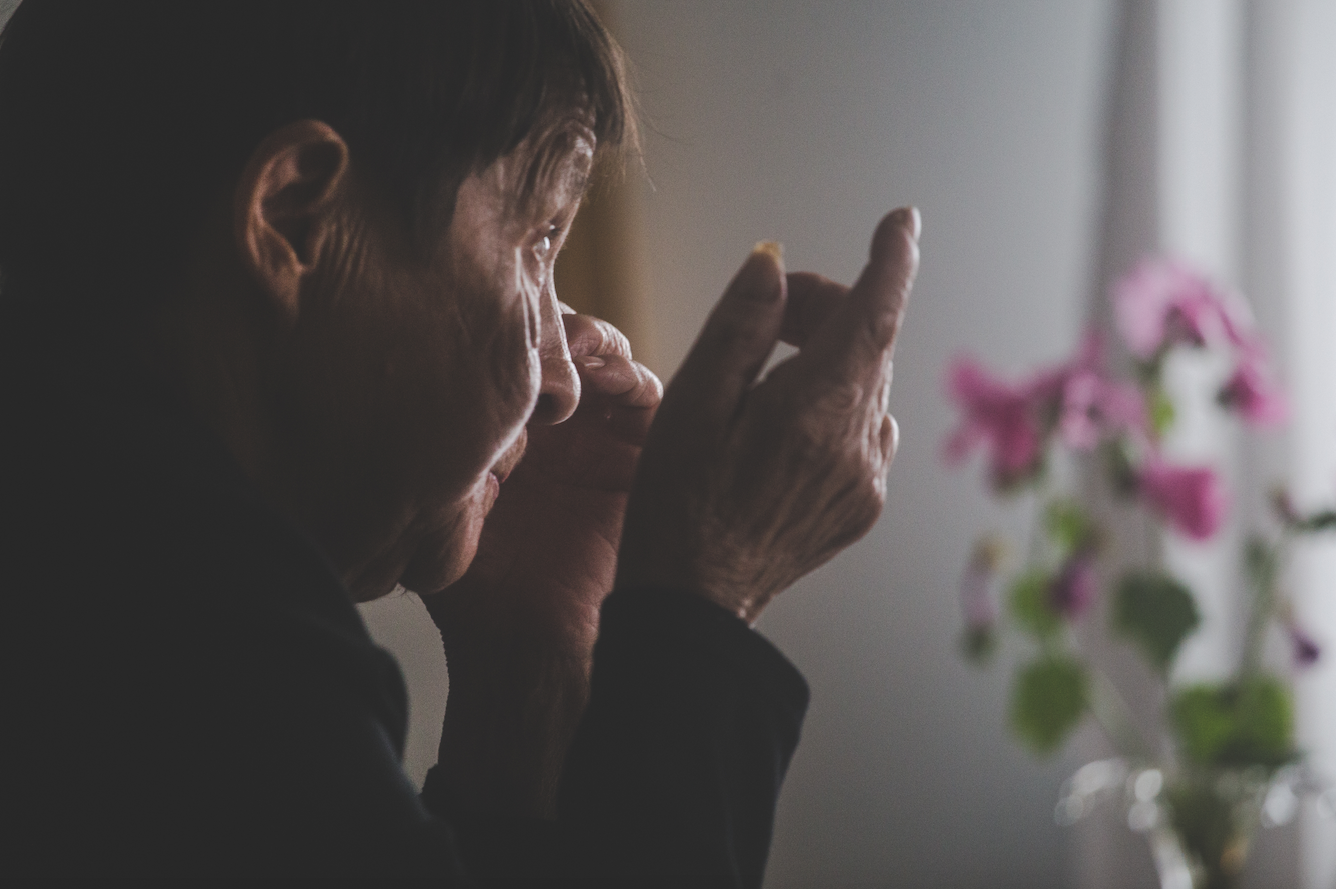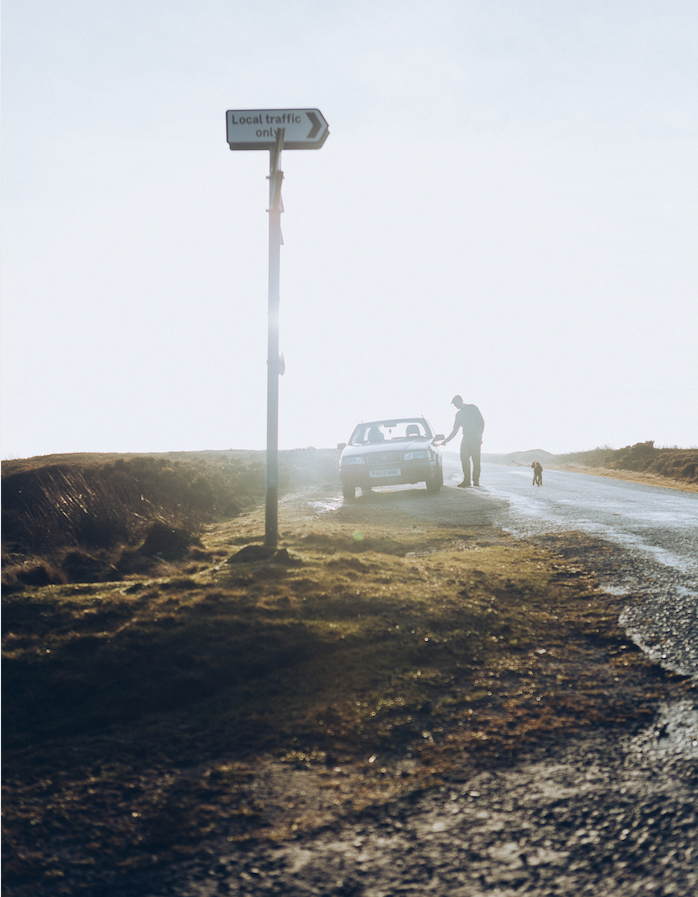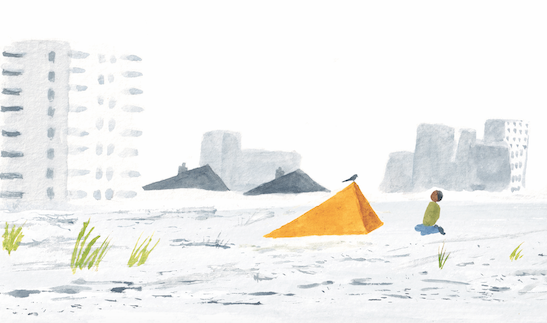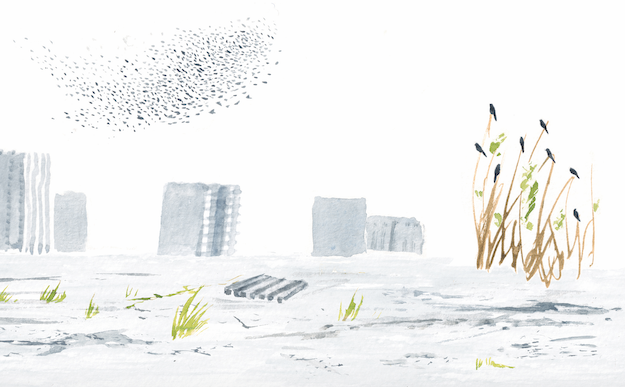To celebrate eight years of publishing Ernest, we ask contributors to share their memories of journeys undertaken for the journal, from seeking ancient burial mounds in the North York Moors to floating with jellyfish in the Salish Sea. Here, deputy editor Abigail Whyte reflects on being invited into the home of Qaqortoq’s oldest resident when she visited Greenland for issue four
Photos by Daniel Alford
In 2015, I travelled to southern Greenland, a place I never dreamt I would visit. I realised I was in a country on the cusp of change, with its retreating glaciers revealing tracts of land ripe for agriculture, and an Inuit population adjusting to a future where traditional hunting no longer plays a core role.
One Greenlandic tradition that continues to thrive is kaffemik, where friends, loved ones and strangers gather indoors during the long winter, usually to mark a celebration: a birthday, a baby’s first tooth, a boy’s first caught fish. In Qaqortoq, I was invited to kaffemik by Sophia, the town’s oldest resident, who laid out crowberry cake, angelica flavoured bread and her finest china on crisp, white table linen. As she poured me cup after cup of milky coffee, she explained the kaffemik conventions: that guests come and go throughout the day, that it’s considered impolite to stay too long, and how dried fish, reindeer and muskox are often served alongside the coffee and cake.
Sophia spoke with hope for the future – how the Greenlandic Inuit strive to remain true to their heritage while weathering the inevitable changes still to come. I often think back to that kaffemik, and feel proud that I was able to tell Sophia’s story and highlight the seismic changes being felt by a community on the frontline of climate change.


























